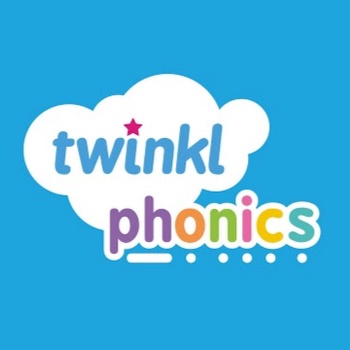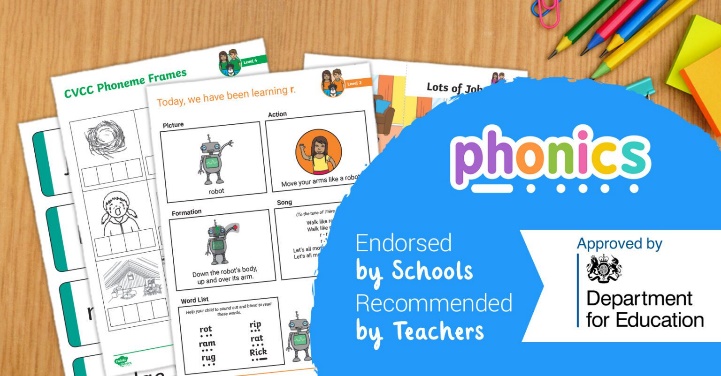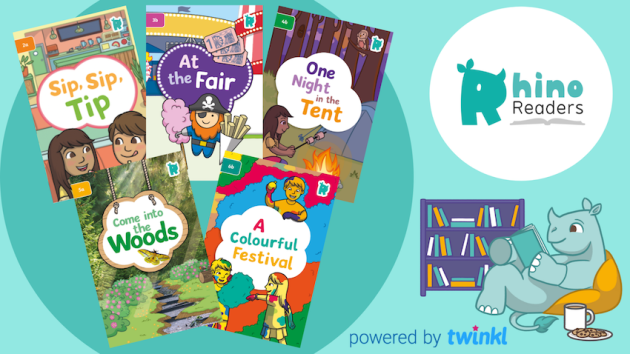English and Phonics
English
English and Communication underpins everything we teach at The Castle School with daily lessons taught to focus on specific aspects of Reading, Writing, Phonics and communication.
In addition to the daily learning that takes place in the classroom, we provide additional extra support to help individual pupils excel. This will often be based on students’ individual Support and Achievement Plan (SAP) targets.
We use Twinkl Phonics, a Department for Education approved scheme, for our phonics lessons. Alongside this we use Twinkl’s new reading scheme, Rhino Readers, a progressive set of books which are fully decodable and pitched at the level that the students are currently working on. When our students progress from reading Rhino Readers, they then move on to Rapid Readers. These are high interest books which offer challenge and progression for our more able readers. To continue to support and develop reading skills further, we have built up a varied, age appropriate reading library full of books that the students enjoy reading.




Reading at School
Reading is fundamental to education. Proficiency in reading, writing and spoken language is vital for pupils’ success. Through these, they develop communication skills for education and for working with others: in school, in training and at work. (The Reading Framework – DfE July 2023)
At The Castle School we believe that every young person has the right to develop the ability to read. This starts from the earliest of stages where students are exposed to different sounds and encouraged over time to notice them, all the way to knowledge of spelling patterns and development of comprehension.
In alignment with our vision and aims, phonics and reading is approached with curiosity and creativity in order to support the best outcomes for our learners. This, in turn, will support communication and equip our young people with the skills to help them to be confident and gain independence when accessing the community.
Reading at Home
Reading with your child is a wonderful way to foster a love of books.
Ten top tips for parents to support children to read
Whilst reading with your child, you might like to ask some of these questions to help them to engage with the book:
1. Look at the front cover. What do you think the book is about?
2. Who is the author? What do they do?
3. Who is the illustrator? What do they do?
4. Is the book fiction (a story) or non-fiction (real with information)?
5. Who are the main characters?
6. Where is the story set?
7. Can you retell the story in your own words?
8. Do you like how the story ended? Can you think of another way the book could have ended?
Here are some further questions you can ask to enhance your child’s comprehension, critical thinking, and engagement with the story. Even if your child is unable to answer these questions, modelling the answers to them is beneficial:
- What do you think will happen next?
- This encourages your child to make predictions and think ahead.
- Why do you think the character did that?
- This question helps your child consider motivations and understand character behaviour.
- How would you feel if you were in this situation?
- This helps your child empathize with characters and relate personally to the story.
- What was your favourite part of the story so far?
- This allows your child to reflect on what they enjoy and articulate their preferences.
- Can you describe the setting of the story?
- This question helps your child visualize and understand the context in which the story takes place.
- What do you think the author is trying to tell us?
- This encourages your child to think about the theme or moral of the story.
- Do any of the characters remind you of someone you know?
- This helps your child make connections between the story and real life.
- What do you think the main problem in the story is?
- This encourages your child to identify conflicts and understand the plot structure.
- How do you think the story will end?
- This question promotes thinking about resolution and conclusion.
- What new words did you learn in this story?
- This helps expand your child's vocabulary and reinforces learning new terms.
These questions not only make reading more interactive but also aid in developing your child’s comprehension skills, critical thinking, and ability to relate to the text.
Phonics at Home
Phonics is a method of teaching reading and writing that focuses on the relationship between sounds (phonemes) and their corresponding letters or groups of letters (graphemes). Here are the key elements of phonics:
- Phonological Awareness: This is the ability to hear, identify, and manipulate individual sounds in spoken words. For example, recognizing that the word "cat" consists of the sounds /k/, /æ/, and /t/.
- Alphabetic Principle: This principle involves understanding that letters and letter patterns represent the sounds of spoken language. For instance, knowing that the letters "b" and "e" together spell the sound /b/ and /e/ in "be."
- Decoding: This is the ability to apply knowledge of letter-sound relationships to correctly pronounce written words. For example, using phonics knowledge to sound out the word "bat" as /b/ /æ/ /t/.
- Blending: This involves smoothly combining individual sounds to form words. For example, blending the sounds /s/, /a/, and /t/ to say the word "sat."
- Segmenting: This is the ability to break down words into their individual sounds. For instance, breaking the word "dog" into /d/, /o/, and /g/.
- Sight Words: While phonics emphasizes decoding, it also acknowledges that some words cannot be easily sounded out and must be recognised on sight, such as "the," "one," and "said."
Phonics instruction typically starts with teaching children the most common sounds associated with individual letters, then moves on to more complex letter combinations and patterns, such as digraphs (e.g., "sh" in "ship").
Phonics is considered a crucial component of early literacy because it helps children develop the skills needed to decode new words, which is essential for reading fluency and comprehension.
Here are some websites to use at home to help your child with their learning of phonics:
BBC Bitesize – Tips to support your child’s phonics at home
Phonicsplay – interactive games and dedicated help sheets to support parents with phonics at home
Useful English Websites
Booktrust – helping you to find books at the right level for your child
CrickWeb – Lots of games for labelling and CVC word practice
Education City - Lots of online games related to all areas of English and Phonics. Ask your child’s teacher for their individual log in.
GetEpic – a digital library full of books
OxfordOwl – lots of hints and free online reading scheme books
Topmarks - Lots of fun games to play with children of all ages!
